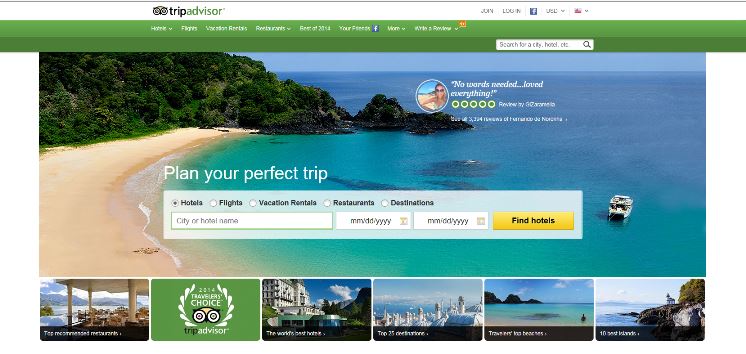Five Best Practices for Website Content
It was nearly 20 years ago that the Internet became a channel for commercial communication. In that time, business websites have evolved and those of us who create them have had an opportunity to see what works—and what doesn’t—in this marketing medium.
There are now some “best practices” that are generally agreed upon by Web marketing communication and SEO professionals. But, I still see many websites that do not display an understanding of these underlying principles of good website creation. Take a look at this list and use it to evaluate your company’s website:
1. Does your website provide the information that your customers want/need?
What makes the Web unique as a marketing medium, of course, is that within the virtual world of the Internet, the user is absolutely in charge. Since most people use the search engines to find information, they are unlikely to find information that they aren’t looking for. As a result, the most important task is using your website to provide the information your potential customers are looking for. I (and other Web marketing professionals) use keyword and behavioral research to learn what customers are looking for. But, if you give some thought to the questions you get from customers and create content on your website to address those questions, your website also will be effective in this regard.
2. Does every page of your site include a Call to Action of some kind?
A good website should operate like the best direct response advertising. Your website has the capability of generating response from the visitor—an emailed inquiry, a phone call, an appointment, or a sale. But, don’t make the mistake of thinking that a visitor will view every page or any particular page of your website—including the home page or the contact page. The search engines may direct them to an interior page of the site. If that’s the only page they see, make sure there is some kind of offer or call to action there.
3. Does the footer of your website include all appropriate information?
Web standards intuitively understood by most Internet users call for the footer of your website to display the same information that a business would usually include in the footer of their letterhead. That includes the physical address, a mailing address (if applicable), phone number, and FAX number. Sometimes your office hours or business affiliations are important additions. And, some include a general email address (although that can be a gift to spammers who scrape websites for email addresses). If you think this is obvious, consider this: I just checked the websites of four dentists here in my community in Colorado. Only one of the four included this information, or any information, in their footer. One other thing: Make sure that your copyright notice carries this year’s date. When it doesn’t, it is a pretty obvious clue that your site has not been updated recently.
4. Is your website responsive for mobile devices?
Today, a website that can display pages differently based upon whether the website visitor is using a computer, mobile phone or tablet is a necessity for many businesses. Many of my clients’ sites get upwards of 60% of their visits from mobile devices. If these websites are not responsive to the smaller screen sizes of mobile devices, mobile users are unlikely to spend much time on these sites. Another consideration: Google and Bing are beginning to weight responsiveness in their algorithms—especially in business categories that typically get lots of visits from mobile device users.
5. Does your website include a blog and social media links?
Ten years ago, blogs became mainstream. Now a blog and social media links should be a part of nearly every website. Websites should not be static, stagnant sources of information that operate like a corporate brochure. With a blogging platform, the website becomes an active communication tool for the company. A blog is easy to use and allows you to add content to your website and archive it systematically.
Similarly, social media integration expands the communication reach of your website to people who may never actually visit your site. “Like” and “Share” Facebook links and “Follow” and “Share” Twitter links helps you build word-of-mouth and ongoing communication with your customers and their network of friends. For companies that operate in the B-to-B market, LinkedIn can be a powerful social media marketing tool.
Post something interesting on your blog, and share it using your social media accounts. Today, that is one of the most cost effective ways to build your business online.

